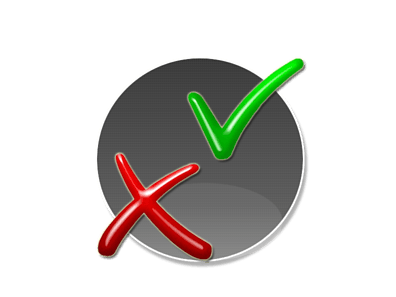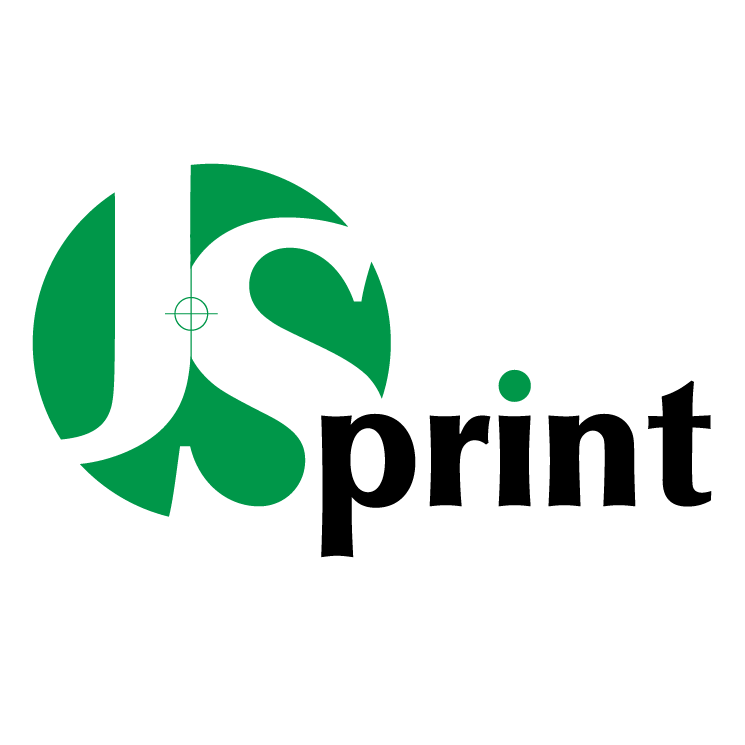 Backend Development
Backend Development
 XML/RSS Tutorial
XML/RSS Tutorial
 Recommended articles related to content and attribute usage
Recommended articles related to content and attribute usage
Recommended articles related to content and attribute usage
Because XML can be customized with tags, the set of tags defined by each person will be different. If there is no set of standards to stipulate the definition principles of tags, the application cannot process XML documents. The solution to this problem is to use DTD, DTD (Document Type Definition), which is used to define the writing rules of XML documents. Such as which elements can appear in the document, and the content and attribute requirements of the elements, etc. The application will use this DTD to verify the document. XML documents that comply with the DTD constraint rules are called valid documents and can be processed in the next step. Otherwise, an error will be reported. The application can capture the error and perform corresponding exception handling. The verification process is optional and depends on the specific application. To use a DTD for validity checking in a document type declaration, you must use a document type definition declaration to specify the DTD. For example:
1. Detailed introduction to XML document types

##Introduction: Since XML can be customized with tags, the set of tags defined by each person will be different. If there is no set of standards to stipulate the definition principles of tags, the application cannot process XML documents. The solution to this problem is to use DTD, DTD (Document Type Definition), which is used to define the writing rules of XML documents. Such as which elements can appear in the document, and the content and attribute requirements of the elements, etc. The application will use this DTD to verify the document. The XML document that conforms to the DTD constraint rules is called a valid document...
2. JavaScript Enhancement Tutorial—jQuery - Get content and attributes

Introduction: jQuery has powerful methods for manipulating HTML elements and attributes. jQuery DOM operation A very important part of jQuery is the ability to operate DOM.
3. JavaScript Enhancement Tutorial - Obtaining Content and Attributes

4.
jQuery Get Content and Attribute Methods and Examples_jquery
Introduction: There are three simple and practical methods for obtaining content: text(), html() and val(), and the attr() method for obtaining attributes. There is a good example below. Interested friends can refer to it5.
jQuery Get Content and Attributes Sample Code_jquery
Introduction: Get content - text(), html() and val() , the attr() method is used to obtain attribute values. There is a good example below. Interested friends can refer to6.
Javascript traversing Html Table example (including content and attribute values)_javascript skills
Introduction: This article mainly introduces how Javascript traverses the Html Table (including content and attribute values). Friends who need it can refer to itThe above is the detailed content of Recommended articles related to content and attribute usage. For more information, please follow other related articles on the PHP Chinese website!

Hot AI Tools

Undresser.AI Undress
AI-powered app for creating realistic nude photos

AI Clothes Remover
Online AI tool for removing clothes from photos.

Undress AI Tool
Undress images for free

Clothoff.io
AI clothes remover

Video Face Swap
Swap faces in any video effortlessly with our completely free AI face swap tool!

Hot Article

Hot Tools

Notepad++7.3.1
Easy-to-use and free code editor

SublimeText3 Chinese version
Chinese version, very easy to use

Zend Studio 13.0.1
Powerful PHP integrated development environment

Dreamweaver CS6
Visual web development tools

SublimeText3 Mac version
God-level code editing software (SublimeText3)

Hot Topics
 1386
1386
 52
52
 Is the conversion speed fast when converting XML to PDF on mobile phone?
Apr 02, 2025 pm 10:09 PM
Is the conversion speed fast when converting XML to PDF on mobile phone?
Apr 02, 2025 pm 10:09 PM
The speed of mobile XML to PDF depends on the following factors: the complexity of XML structure. Mobile hardware configuration conversion method (library, algorithm) code quality optimization methods (select efficient libraries, optimize algorithms, cache data, and utilize multi-threading). Overall, there is no absolute answer and it needs to be optimized according to the specific situation.
 How to convert XML files to PDF on your phone?
Apr 02, 2025 pm 10:12 PM
How to convert XML files to PDF on your phone?
Apr 02, 2025 pm 10:12 PM
It is impossible to complete XML to PDF conversion directly on your phone with a single application. It is necessary to use cloud services, which can be achieved through two steps: 1. Convert XML to PDF in the cloud, 2. Access or download the converted PDF file on the mobile phone.
 How to convert XML to PDF on your phone?
Apr 02, 2025 pm 10:18 PM
How to convert XML to PDF on your phone?
Apr 02, 2025 pm 10:18 PM
It is not easy to convert XML to PDF directly on your phone, but it can be achieved with the help of cloud services. It is recommended to use a lightweight mobile app to upload XML files and receive generated PDFs, and convert them with cloud APIs. Cloud APIs use serverless computing services, and choosing the right platform is crucial. Complexity, error handling, security, and optimization strategies need to be considered when handling XML parsing and PDF generation. The entire process requires the front-end app and the back-end API to work together, and it requires some understanding of a variety of technologies.
 How to open web.xml
Apr 03, 2025 am 06:51 AM
How to open web.xml
Apr 03, 2025 am 06:51 AM
To open a web.xml file, you can use the following methods: Use a text editor (such as Notepad or TextEdit) to edit commands using an integrated development environment (such as Eclipse or NetBeans) (Windows: notepad web.xml; Mac/Linux: open -a TextEdit web.xml)
 Is there any mobile app that can convert XML into PDF?
Apr 02, 2025 pm 08:54 PM
Is there any mobile app that can convert XML into PDF?
Apr 02, 2025 pm 08:54 PM
An application that converts XML directly to PDF cannot be found because they are two fundamentally different formats. XML is used to store data, while PDF is used to display documents. To complete the transformation, you can use programming languages and libraries such as Python and ReportLab to parse XML data and generate PDF documents.
 Recommended XML formatting tool
Apr 02, 2025 pm 09:03 PM
Recommended XML formatting tool
Apr 02, 2025 pm 09:03 PM
XML formatting tools can type code according to rules to improve readability and understanding. When selecting a tool, pay attention to customization capabilities, handling of special circumstances, performance and ease of use. Commonly used tool types include online tools, IDE plug-ins, and command-line tools.
 How to open xml format
Apr 02, 2025 pm 09:00 PM
How to open xml format
Apr 02, 2025 pm 09:00 PM
Use most text editors to open XML files; if you need a more intuitive tree display, you can use an XML editor, such as Oxygen XML Editor or XMLSpy; if you process XML data in a program, you need to use a programming language (such as Python) and XML libraries (such as xml.etree.ElementTree) to parse.
 How to export pdf with xml
Apr 03, 2025 am 06:45 AM
How to export pdf with xml
Apr 03, 2025 am 06:45 AM
There are two ways to export XML to PDF: using XSLT and using XML data binding libraries. XSLT: Create an XSLT stylesheet, specify the PDF format to convert XML data using the XSLT processor. XML Data binding library: Import XML Data binding library Create PDF Document object loading XML data export PDF files. Which method is better for PDF files depends on the requirements. XSLT provides flexibility, while the data binding library is simple to implement; for simple conversions, the data binding library is better, and for complex conversions, XSLT is more suitable.



